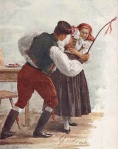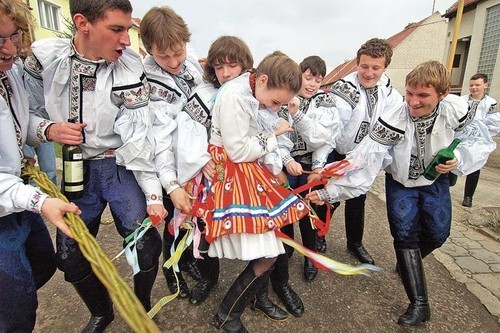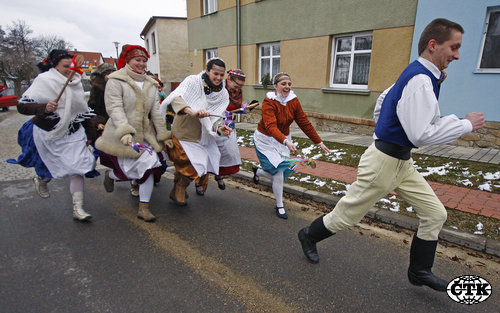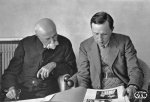- this is from Old Town square in Prague
- you can dream that one day you’ll be able to paint eggs like that – it takes some mad skills and patience
Czech Easter: How to make Easter eggs
The egg (Czech: vajíčko or vejce) is an essential part of Easter and a symbol of new life. Painting eggs is a folk tradition and there are many ways how to do it.
Step one: blow out the egg or as we say “vyfouknout”
The best would be if you just watched this video.

Holes are on both sides.
But you don’t have to do this for all eggs. Some techniques are perfectly fine with regular boiled eggs. For example:
OVO

You simply buy some OVO motives at the mall and follow this picture (water has to be hot!). Easy and fast – good for kids because they can make it by themselves.
This is starting to look like some commercial for OVO but they make another set like this one. Again, pretty easy to apply.


But for this you’ll need to paint the eggs first. You can buy the colours at the drug store or make them at home (red from wine, pink from beet…)
Put the eggs into a pot with water and the paint and boil them for some time (ie. time that is written on the rear of the package). Again, very easy.

…or you can use oil paints
Scraped eggs are done by scrapping. Surprisingly. This method takes a lot of time and the best instrument for that is a cutter. But you can use just as well any kind of knife, small scissors or nail file. Only the results might be a little different…


My favourite way of painting eggs is using onion peels. Wrap them tightly in nylons (or bandages), together with various types of grass or any type of nice plant you come by.

Now, when all your eggs look like they are going to rob the bank, put them into the pot with onion peels (use a lot of them, eggs will have darker colour) and boil them for some time.



Wax painting – another method thanks to which are made some wonderful egg designs. You need to warm up the wax and then with sharpened wooden skewer (or previously mentioned tools) you carefully paint ornaments on the egg.

The results are in many cases pretty amazing but sadly my eggs never looked like that.


There are of course many more ways how to decorate eggs but I included only those that are by my opinion the most common (and those I myself know how to do).
But the human imagination has no limits, so here you have a few more examples


This method is called “drátování” (wiring).



































